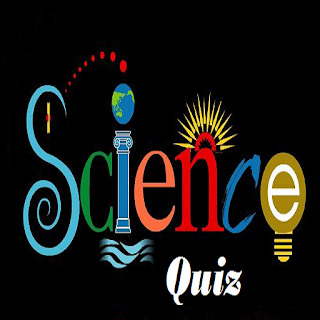Quiz on James Webb Space Telescope (JWST)
Introduction :
The James Webb Space Telescope (JWST) is a space telescope designed primarily to conduct infrared astronomy. As the most powerful telescope ever launched into space, its greatly improved infrared resolution and sensitivity will allow it to view objects too old, distant, or faint for the Hubble Space Telescope. This is expected to enable a broad range of investigations across the fields of astronomy and cosmology, such as observations of the first stars and the formation of the first galaxies, and detailed atmospheric characterization of potentially habitable exoplanets. JWST was launched in December 2021 on a European Space Agency (ESA) Ariane 5 rocket from Kourou, French Guiana, and entered orbit in January 2022; as of July 2022, it is undergoing instrument modes check-out. Once operational, expected about the beginning of July 2022, JWST is intended to succeed the Hubble as NASA's flagship mission in astrophysics. NASA has scheduled the first official science images release event for Tuesday, 12 July 2022.
1. Which wavelength of the spectrum does JWST mostly use to observe the universe? :
Ans: Near-Infrared wavelength (0.6–28.3 μm)
2. James Webb Space Telescope was named after James Webb. Who is he?
Ans: He was the administrator of NASA from 1961 to 1968 during NASA's crucial Mercury, Gemini and Apollo programs.
3. What is the diameter of the primary mirror of the James Webb Space Telescope?
Ans: 6.5-meter (21 ft)
4. Where is James Webb Space Telescope placed in orbit?
Ans: Sun-Earth L2 Lagrange Point, about 1.5 million km from the Earth
5. What are the prime mission goals of JWST?
Ans: Observations of the first stars and the formation of first galaxies in an early universe just after the Big Bang, to study galaxy formation and their evolution and detailed atmospheric characterization of potentially habitable exoplanets for the existence of life in other planetary systems.
6. How many times is the light-collecting area of the primary mirror of JWST greater than that of its predecessor HST?
Ans: 6 times
7. When was the JWST launched?
Ans: 25 December 2021
8. How many times fainter objects can be detected by JWST as compared to HST?
Ans: 100 times
9. Why JWST is designed to operate only in infrared wavelengths unlike the near-ultraviolet, visible, and near-infrared of the HST?
Ans: To observe very distant objects formed during the early universe which are normally having a high redshift and to explore colder objects such as debris disks and planets that emit most strongly in the infrared region.
10. JWST is maintained at a very low temperature in its orbit in order to protect itself from the interference of the infrared radiations emitted by its own instruments. At what temperature the telescope is maintained?
Ans: 50K
Nikunja Bihari Sahu
Education Officer
Regional Science Centre
Bhopal
To see a video of an artist impression of the James Webb Space Telescope in orbit released by NASA, please click the link given below:
https://giphy.com/gifs/nasa-nasagif-jwst-xUOxeYaNG8yUo5Ob0k



Very informative.
ReplyDelete